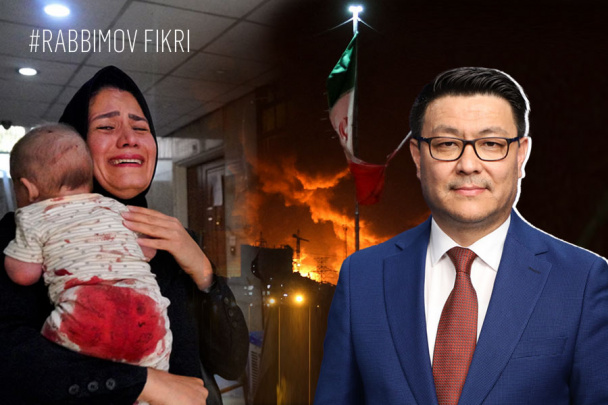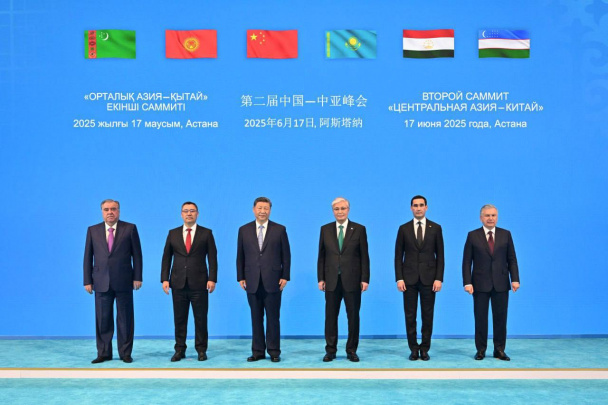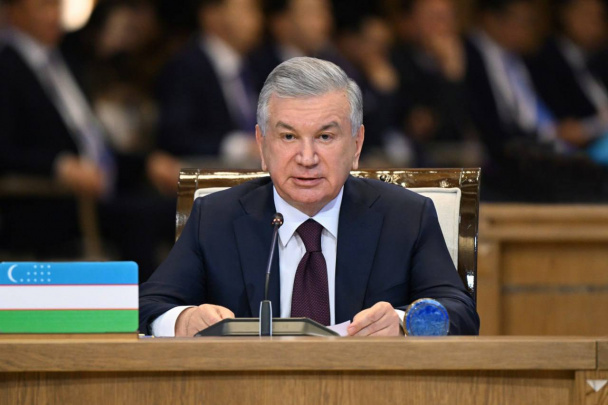What can be expected from the summit of CA leaders?
The second consultative meeting of the heads of state of Central Asia, held in Tashkent on November 29, demonstrated that the countries of the region have a firm intention to step up the work to restore the geopolitical and geo-economic integrity of the region.

This summit can be seen as a kind of application for the transition to the next phase of development of trade-economic and investment relations between the countries of the region. Over the past three years after the start of the openness policy of Uzbekistan, serious results have been achieved in increasing the volume of trade between countries.
The creation of developed trade, industrial and investment ties in Central Asia may serve as a kind of “safety cushion” for the countries of the region themselves in case of crises in the global economy, similar to the crises of 2008-2009 and 2014.
The results of the Tashkent meeting can also be interpreted as a message to investors that many of the previous problems which lowered the level of investment attractiveness of Central Asia are now either solved or the work on their solution is underway.
The current processes in the relations between the largest world economies create not only the risks of recession, but also open a window of opportunity for Central Asia to attract foreign investment, technology, knowledge, opportunities for inclusion in the supply chain and value added.
Further development of the format of consultative meetings, which may affect the overall improvement of the business and political climate in CA, will create a new reality. It will have two aspects. First of all, the status and importance of Central Asia will increase even more for Afghanistan, which, due to historical changes in the XX century, began to gravitate more towards Pakistan and Iran.
The second aspect of the new reality is a change in the approach of the Central Asian countries to the development of relations with Afghanistan. If earlier the bilateral format “a separate country of Central Asia – Afghanistan” prevailed, the potential of which allowed to implement only individual projects, say, electricity supply, then in the new reality it will be possible to talk about the possibility of creating a format, where Central Asian countries can speak with Afghanistan in a consolidated manner. This is a completely different scale, which will allow us to discuss not only individual projects, but also the issue of the full-scale reintegration of Afghanistan and Central Asia.
When talking about Afghanistan and Central Asia, the main emphasis is placed on the historical, cultural and ethnolinguistic community, but at the same time, the question of what separates us is often overlooked. The history of modernization separates us. There were three major modernization attempts in Afghanistan in the XX century, which ended in failure and led to destabilization.
After 2001, we see the 4th attempt to modernize Afghanistan, which is under threat due to the ongoing internal instability. If it fails, then another similar chance for Afghanistan will not come soon. The countries of Central Asia could not only render feasible assistance in establishing the peace process, but also begin to substantively discuss with Afghanistan the development of key generators of modernization at the points of intersection of mutual interests.
Recommended
List of streets and intersections being repaired in Tashkent published
SOCIETY | 19:12 / 16.05.2024
Uzbekistan's flag flies high on Oceania's tallest volcano
SOCIETY | 17:54 / 15.05.2024
New tariffs to be introduced in Tashkent public transport
SOCIETY | 14:55 / 05.05.2023
Onix and Tracker cars withdrawn from sale
BUSINESS | 10:20 / 05.05.2023
Latest news
-
New wind power plant to be built in Tashkent region
SOCIETY | 21:21 / 04.07.2025
-
Shavkat Mirziyoyev holds talks with Shehbaz Sharif, discusses strengthening Uzbekistan-Pakistan strategic partnership
POLITICS | 19:04 / 04.07.2025
-
Senate of Uzbekistan signs cooperation program with UN Population Fund
POLITICS | 19:02 / 04.07.2025
-
Shavkat Mirziyoyev calls for end to violence in Gaza, urges recognition of Palestinian state
POLITICS | 17:31 / 04.07.2025
Related News

12:45 / 19.06.2025
How the Israel–Iran conflict reshapes Central Asia's geopolitical landscape

15:56 / 18.06.2025
China to fund public welfare projects in Central Asia with $209M grant

12:14 / 18.06.2025
Central Asia and China sign landmark treaty on eternal friendship and cooperation

20:06 / 17.06.2025



